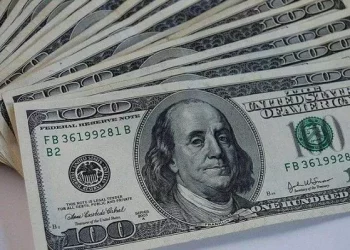In Thursday’s London session, the Pound Sterling (GBP) surged towards 1.2870 against the US Dollar (USD), nearing its highest level of the year. The GBP/USD pair strengthened on several fronts, including expectations of a US interest rate cut by the Federal Reserve (Fed) in September, bolstering weakness in the US Dollar. Additionally, a positive outlook for the British currency was supported by diminishing speculation of an early rate cut by the Bank of England (BoE) and robust UK economic indicators, notably the May Gross Domestic Product (GDP) report.
The US Dollar Index (DXY), reflecting the Greenback’s performance against major currencies, retreated after failing to breach immediate resistance at 105.20.
Federal Reserve Chair Jerome Powell’s comments during his semi-annual Congressional testimony signaled progress in addressing inflation concerns, though he emphasized ongoing vigilance towards achieving price stability.
Investor focus turned to the US Consumer Price Index (CPI) for June, expected to provide insights into potential Fed actions. Economists projected steady growth in core inflation, excluding volatile food and energy prices, while annual headline inflation was anticipated to ease slightly.
In economic news from the UK, the Pound Sterling outpaced its peers driven by robust economic growth in May as reported by the Office for National Statistics (ONS). Industrial and manufacturing production figures also showed improvement, reinforcing optimism in the UK’s economic recovery despite mixed annual performance.
Bank of England policymakers maintained a cautious stance on interest rates, with recent comments suggesting a reluctance to consider rate cuts until underlying inflationary pressures abate more definitively.
Technically, the Pound Sterling appeared poised for further gains against the US Dollar, with technical indicators suggesting bullish momentum. The GBP/USD pair approached the neckline of an inverted Head and Shoulders pattern, typically indicative of a bullish trend reversal, supported by a strengthening 20-day Exponential Moving Average (EMA) and a positive 14-day Relative Strength Index (RSI).
The Pound Sterling’s upward trajectory underscored market optimism amidst evolving economic narratives and central bank dynamics.
Related Topics:


























